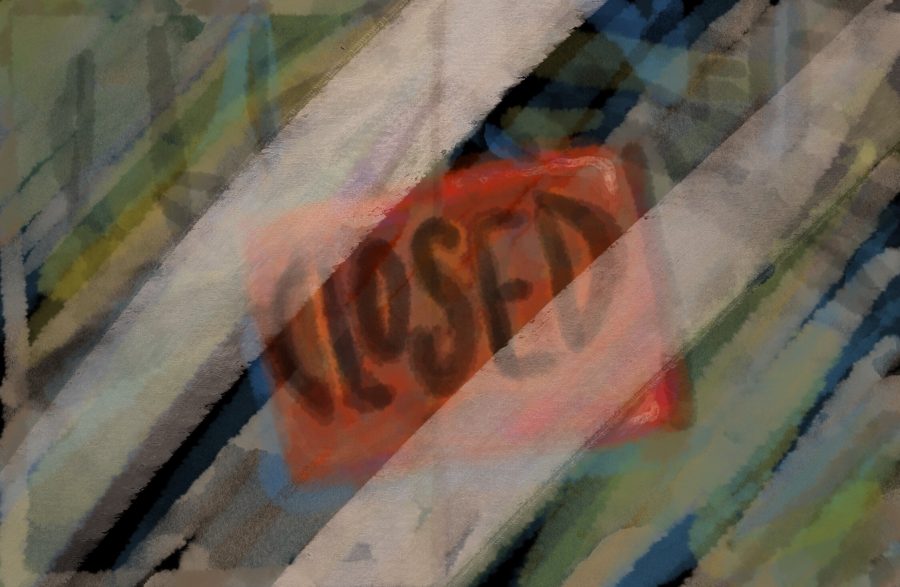Paycheck Protection Program’s limitations prevent small businesses from receiving aid
April 18, 2020
Essentially, the program acts as an incentive to keep employees from firing their employees and closing their businesses. With the current unemployment rate at an all time high and continuing to grow, the government is striving to keep employees working.
It is notable, however, that there are exceptions. Businesses in the hospitality industry can apply if they have 500 employees or less per location. Self-employed individuals, gig economy workers and sole proprietorships are also able to apply for a loan.
The Paycheck Protection Program application details that businesses participating in illegal activities including but not limited to“… lobbying, significant gambling (more than 1/3 of your revenue)…live performances of a prurient sexual nature or derive directly or indirectly more than de minimis gross revenue through the sale of products or services, or the presentation of any depictions or displays, of a prurient sexual nature,” are ineligible for a loan as stated by Forbes .
Leading up to its passing, this portion of the CARES Act was viewed as the saving grace that would bailout small businesses. This proved, however, to not be the case.
Applications were set to open April 3 on the Small Business Association’s website. On the evening of April 2, banks were given the rules and regulations that dictated who could receive a loan or not. Given too little time to take in the information, the next day some banks chose to not begin giving out loans. Others only allowed established clients to take out loans, leaving many businesses across the nation scrambling to get a loan, only to be turned away.
Another issue is that loans are given on a first come, first serve basis. If a business is too slow to apply or cannot find a bank to meet with them, then its chances of getting a loan are slim to none. In fact, by the end of the first day of this program, Bank of America alone reported receiving 85,000 applications requesting $22 billion, according to CNBC. A third problem is that not all businesses benefit from this loan program, but remain in desperate need of a bailout. The Payment Protection Program does allow the allocated money to be spent on whatever a recipient wants. It’s primary focus and usage must be towards paying salaries. Leftover money then may be used towards other expenses.
For businesses that have salaries as their largest expense, a loan would be a godsend. Other businesses face paying rent as their most immediate and taxing problem, which the Payment Protection Program barely covers.
For instance, Posh Boutique, a small women’s clothing store, does not have an extensive payroll bill to foot. Instead, owner Alyssa Nix has to focus on paying her hefty utilities and rent bills in order to stay in business. Where the Paycheck Protection Program fails t o provide her with th e relief she needs, the Economic Injury Disaster Loan does. Though this program is essentially the same as the CARES ACT plan, it only provides up to $10,000.
As economists grow more wary of an imminent recession, businesses are struggling to stay alive. The Paycheck Protection Program was supposed to be the stimulus that would allow employees to continue working, making them able to sustain themselves as well as provide economic growth. Evidently, this program is not the solution business owners wanted.








